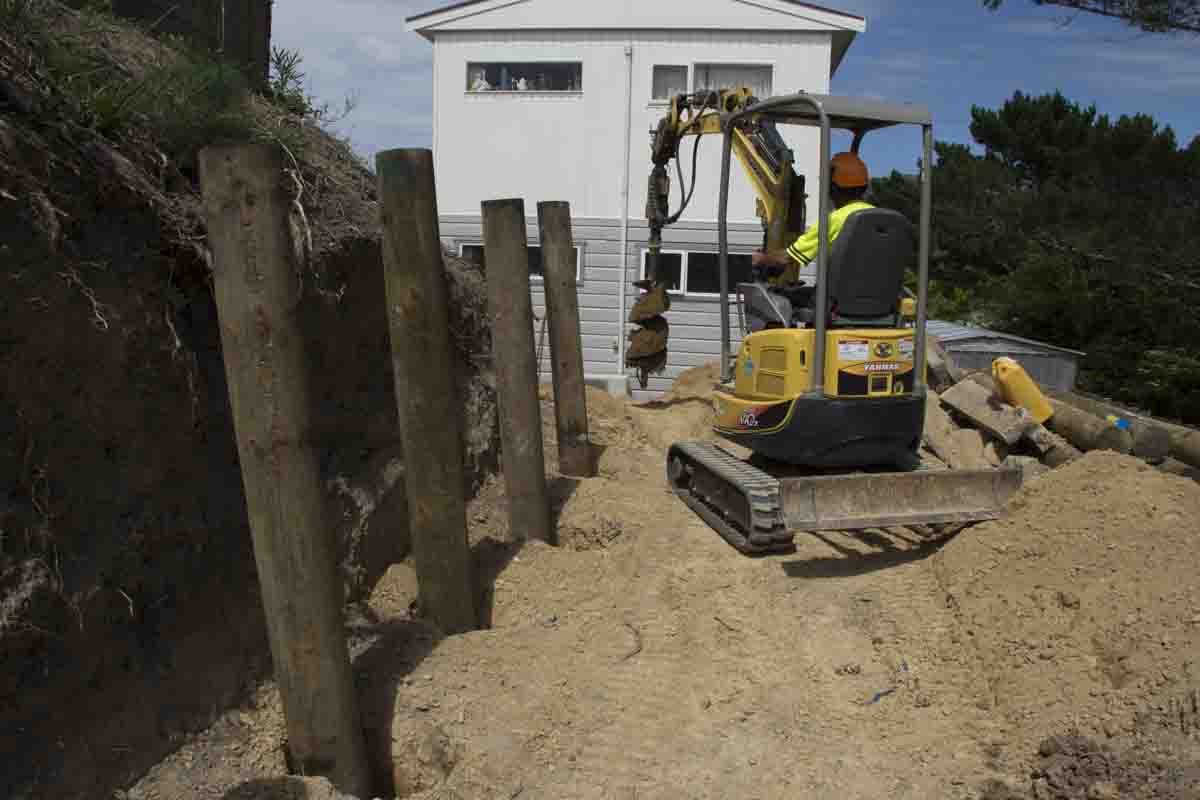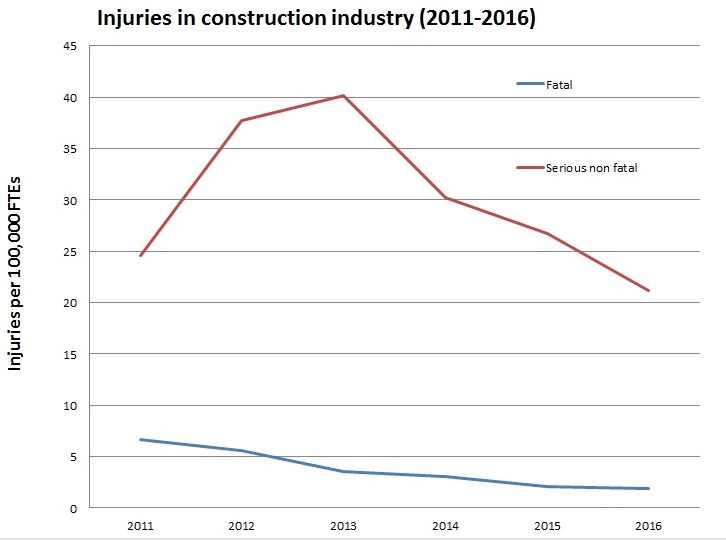Give yourselves a pat on the back
30 Apr 2018, Industry News

A reduction in the rate of serious injuries in construction is good news for the industry, but a health and safety expert warns people can’t afford to get complacent
The construction industry has steadily become a safer place to work, despite New Zealand being in one of its biggest building booms.
A WorkSafe report – Towards 2020: progress towards the 2020 work-related injury reduction target – showed that the number of fatal and serious non-fatal injuries in the construction industry have been in steady decline since 2013.
No time to relax
General Manager of the Construction Safety Council NZ, Jon Harper-Slade, said that it’s a positive development for the industry.
“It’s really good to see an indication that the injury rates are reducing; however, while it is encouraging, we shouldn’t be complacent as an industry,” said Mr Harper-Slade.
“The economic predictors are that construction is going to continue to grow over the coming years and an increase in activity means we’ll have to continue to work really hard to improve health and safety across the sector.”
He credits recent improvements with an increased focus on health and safety, following the introduction of the Health and Safety at Work Act 2015.
“I think a lot of employers have really looked at the critical risks within their businesses and how they can control them. WorkSafe New Zealand’s focus on making information available about various risks in this regard has been helpful.
“Another contributing factor has been increased collaboration at an industry level, which has, as an example, led to the increased use of scaffolding, particularly in residential building. The Canterbury Safety Charter put in a lot of work around ways for controlling falls from height, which led to an increase in the use of scaffolds as safe working platforms.”
Mr Harper-Slade said that while there was initially resistance to the idea, as it became common practice, builders and contractors found that the use of scaffolding helped to improve onsite productivity.
“It was a positive unintended consequence and I think it’s a really great story, because the preconceived idea of health and safety is that it’s often going to make life more difficult, but actually, if the intervention is smart, it helps make work more efficient.”
Traffic jam
Mr Harper-Slade said one area the council has worked on recently is the way the construction industry manages risks associated with vehicles and mobile plant.
“They’re responsible for a third of the fatalities within construction. Improving health and safety in this area has to be a core focus for the industry this year,” he said.
“The issues aren’t complicated. Ultimately, we have people who are in places they shouldn’t be and who are unaware of the danger they’re in. The way construction work is organised means that people on foot are working in the same areas as vehicle and mobile plant.
“We must do better to plan work so they’re separated and, where possible, erect physical barriers to create exclusion zones. People tend to think it’s just an issue for commercial construction, but it actually affects residential too.”
He said a common example is concrete trucks turning up on sites with no plan in place for where it will park during delivery and where other workers can be to ensure they’re safe.
Putting the health back into health and safety
He added that within construction, there needed to be a better focus on health risks.
“The data we have indicates that, across all industries in New Zealand, critical health risks could potentially be responsible for ten times the number of fatalities as critical safety risks. A commonly overlooked one in construction is silica dust.
“I think partly that’s because it isn’t particularly well-known. It’s found in most construction materials that contain stone or aggregate. Repeated exposure can lead to silicosis, which impairs lung function and can eventually cause death.”
Register to earn LBP Points Sign in




